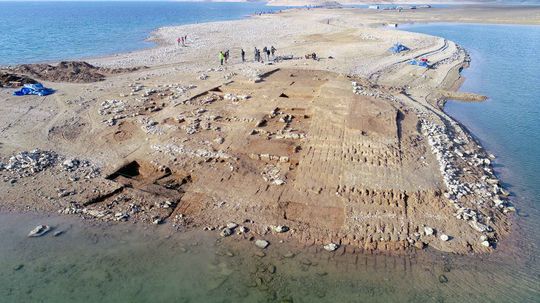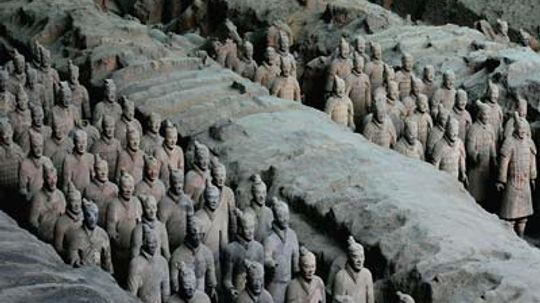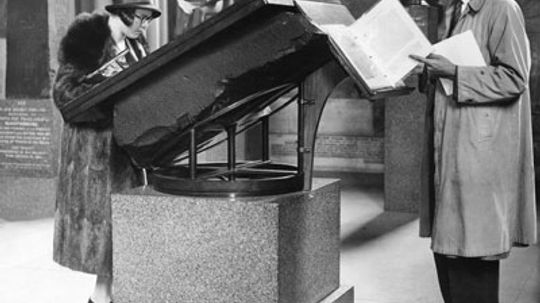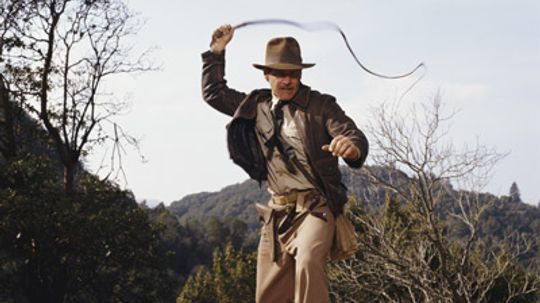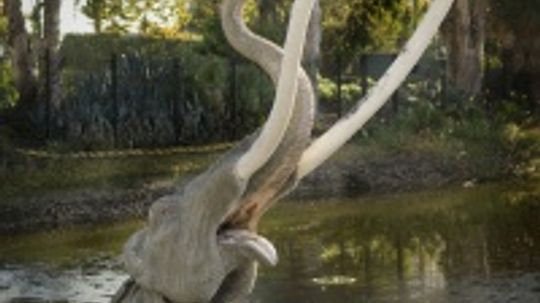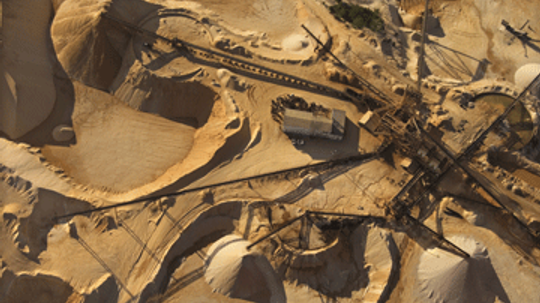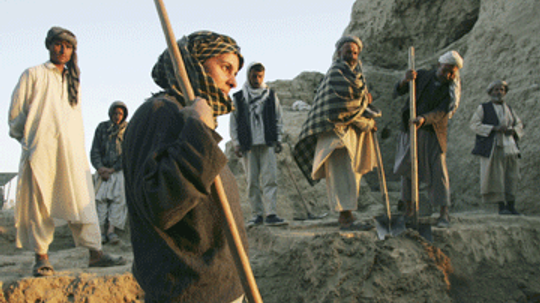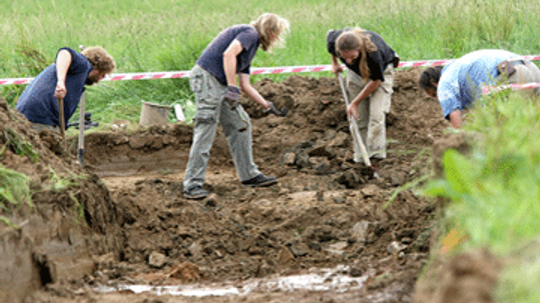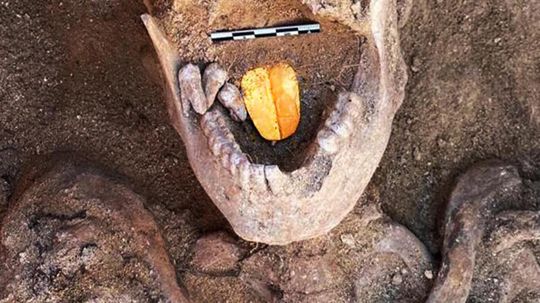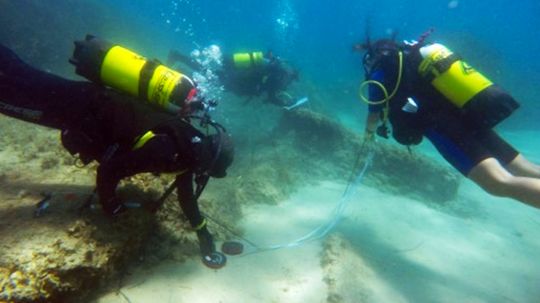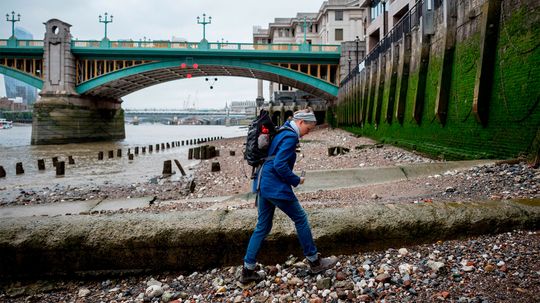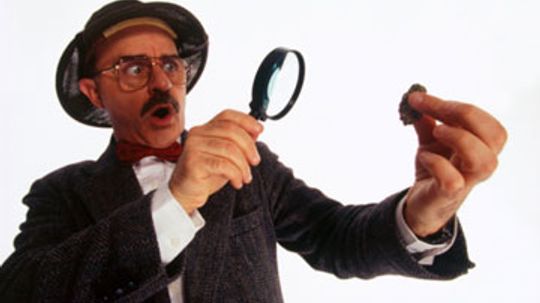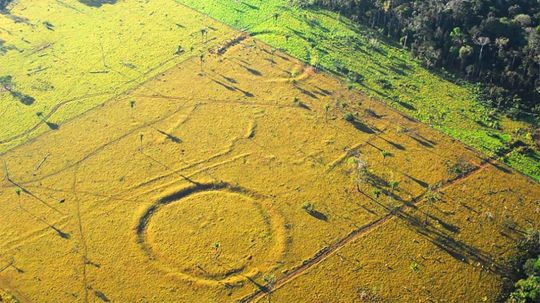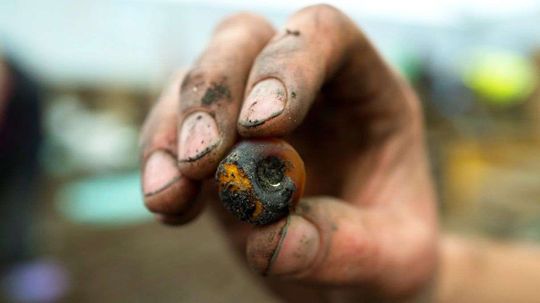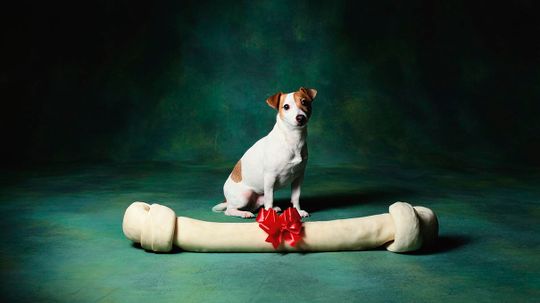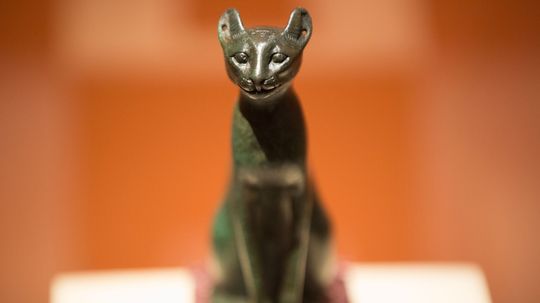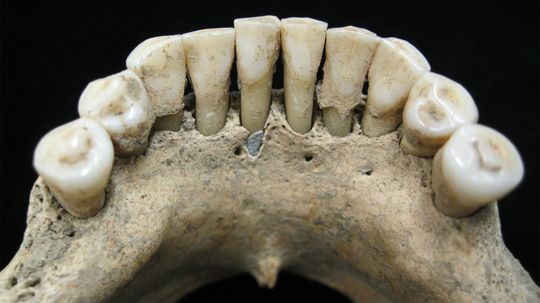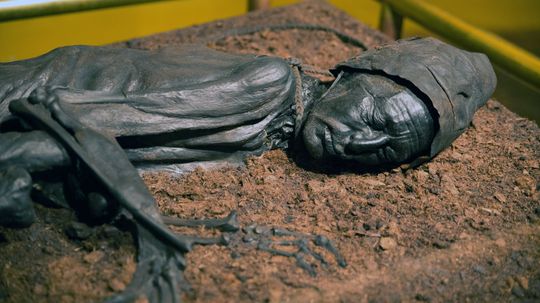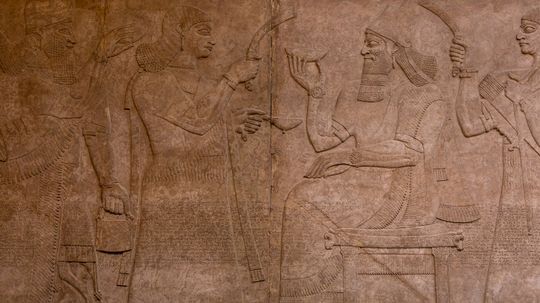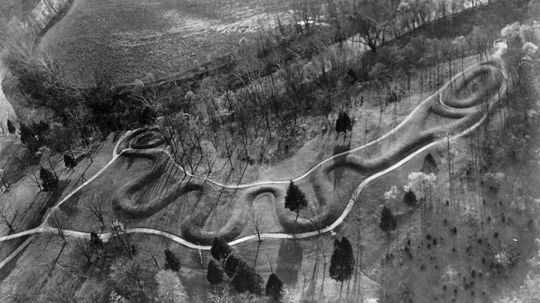Archaeology
Learn more about ancient civilizations and human remains, such as buildings, art or trash.
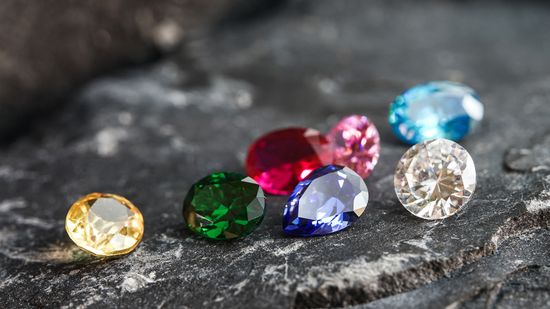
15 Types of Gemstones to Add a Little Sparkle to Your Life
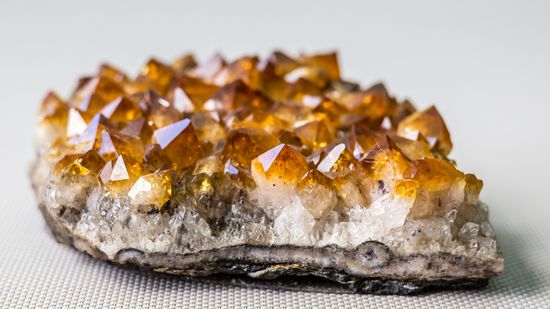
13 Brown Gemstones for Understated Elegance

10 Red Gemstones That Evoke Power and Bold Luxury

10 Longest Rivers in the U.S.: From the Missouri to the Brazos

What Is the Smallest State in the USA? Looking at Area and Population

Venice Isn't Alone: 7 Sinking Cities Around the World

What Was the Largest Wave Ever Recorded?
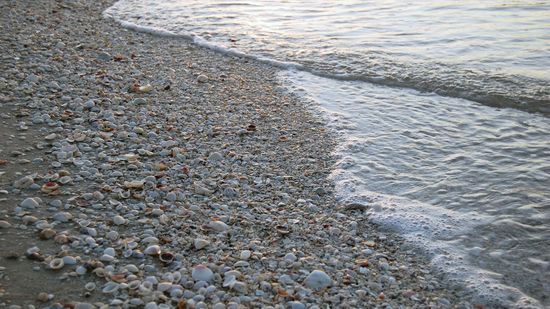
Where Have All the Seashells Gone?
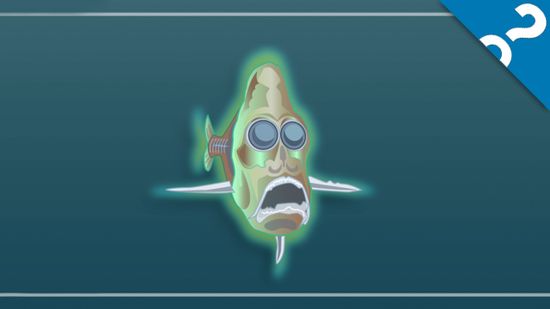
HowStuffWorks: 10 Weird Sea Creatures
Learn More
Here are six surprises that were uncovered around the globe when the heat rose and the water receded.
Emperor Qin ordered 7,000 generals, cavalrymen and archers to protect his mausoleum. What's so odd about that? Well, they were made of terracotta.
Hieroglyphics used to be a language that no one -- Egyptian or otherwise -- could decipher. With the help of the Rosetta Stone, that all changed.
Advertisement
Archaeology is the study of humanity's material remains -- even a piece of an ancient pot can tell us a lot about the past. But how do archaeologists make sense of these relics?
By Sarah Dowdey
A sculpted mammoth shows visitors to the La Brea Tar Pits what these ancient animals might have looked like, but the pits themselves have looked the same for thousands of years. How did they form, and what discoveries lie beneath the sticky surface?
It's not so much about time as it is about money. What dictates how long an archeological team is permitted to dig at a particular site?
Each country and each region within each country has its own laws regarding the right to cultural property. So, how do you know which artifacts belong to the government and which are "finders keepers"?
Advertisement
In "Indiana Jones and the Last Crusade," Dr. Jones battles the Nazis for the Holy Grail. Did the Nazis really have an interest in archaeology? And if so, what fueled it?
In "The Raiders of the Lost Ark," Indiana Jones competes with grave-robbing Nazis for the lost Ark of the Covenant. But what defined Dr. Jones as legit and the Nazis as grave robbers?
In the search for Cleopatra's tomb, a team of archaeologists was surprised by two mummies with gold foil-covered tongues. What was the reason for this strange burial custom?
Archaeologists discovered what they believe to be ruins of the Roman city of Neapolis - underwater near Tunisia.
Advertisement
Does searching through the mud of a riverbank for treasures of old sound like a fun way to spend a day? If so, you may just be a true mudlarker at heart.
Archaeologists dig up and study the material remains of human civilizations. Bioarchaeologists do the same thing, except they focus on the remains of, well, us. What's the big deal about old bones and teeth?
Although the trenched enclosures were probably used to conduct rituals, they can tell us how the ancient indigenous people of the Amazon managed their forests.
The perfectly preserved remains of a 3,000-year-old settlement called Must Farm provide a window into the lives of the Bronze Age Britons.
Advertisement
Most mammals have a penis bone called a baculum, but humans don't. A new study sheds light on the history of the baculum, and why ours is missing.
But that doesn't mean they worshipped them.
By Dave Roos
The pigment ultramarine was as expensive as gold in medieval Europe; so how did it end up in the teeth of a nun buried at a monastery in rural Germany?
What makes peat bogs so perfect at preserving human remains? We look at what's behind these waterlogged areas of decaying plant matter.
Advertisement
This is not an easy question to answer, thanks to the mists of time. But historians have put forth several possibilities. An ancient tablet claims one king ruled for 28,000 years!
The curves of the Serpent Mound, Ohio state's massive and mysterious geological wonder, line up with the sun during equinoxes and solstices.
